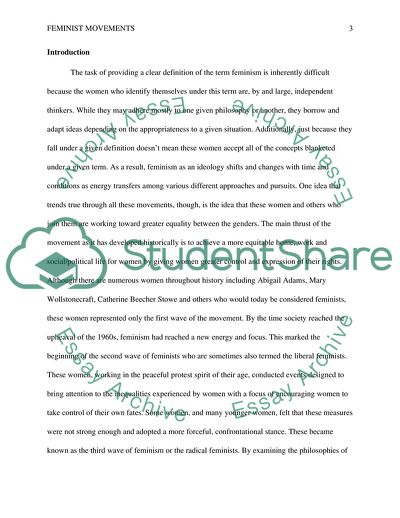Cite this document
(Feminist Movements Literature review Example | Topics and Well Written Essays - 1750 words, n.d.)
Feminist Movements Literature review Example | Topics and Well Written Essays - 1750 words. https://studentshare.org/gender-sexual-studies/1742901-womens-studies
Feminist Movements Literature review Example | Topics and Well Written Essays - 1750 words. https://studentshare.org/gender-sexual-studies/1742901-womens-studies
(Feminist Movements Literature Review Example | Topics and Well Written Essays - 1750 Words)
Feminist Movements Literature Review Example | Topics and Well Written Essays - 1750 Words. https://studentshare.org/gender-sexual-studies/1742901-womens-studies.
Feminist Movements Literature Review Example | Topics and Well Written Essays - 1750 Words. https://studentshare.org/gender-sexual-studies/1742901-womens-studies.
“Feminist Movements Literature Review Example | Topics and Well Written Essays - 1750 Words”. https://studentshare.org/gender-sexual-studies/1742901-womens-studies.


